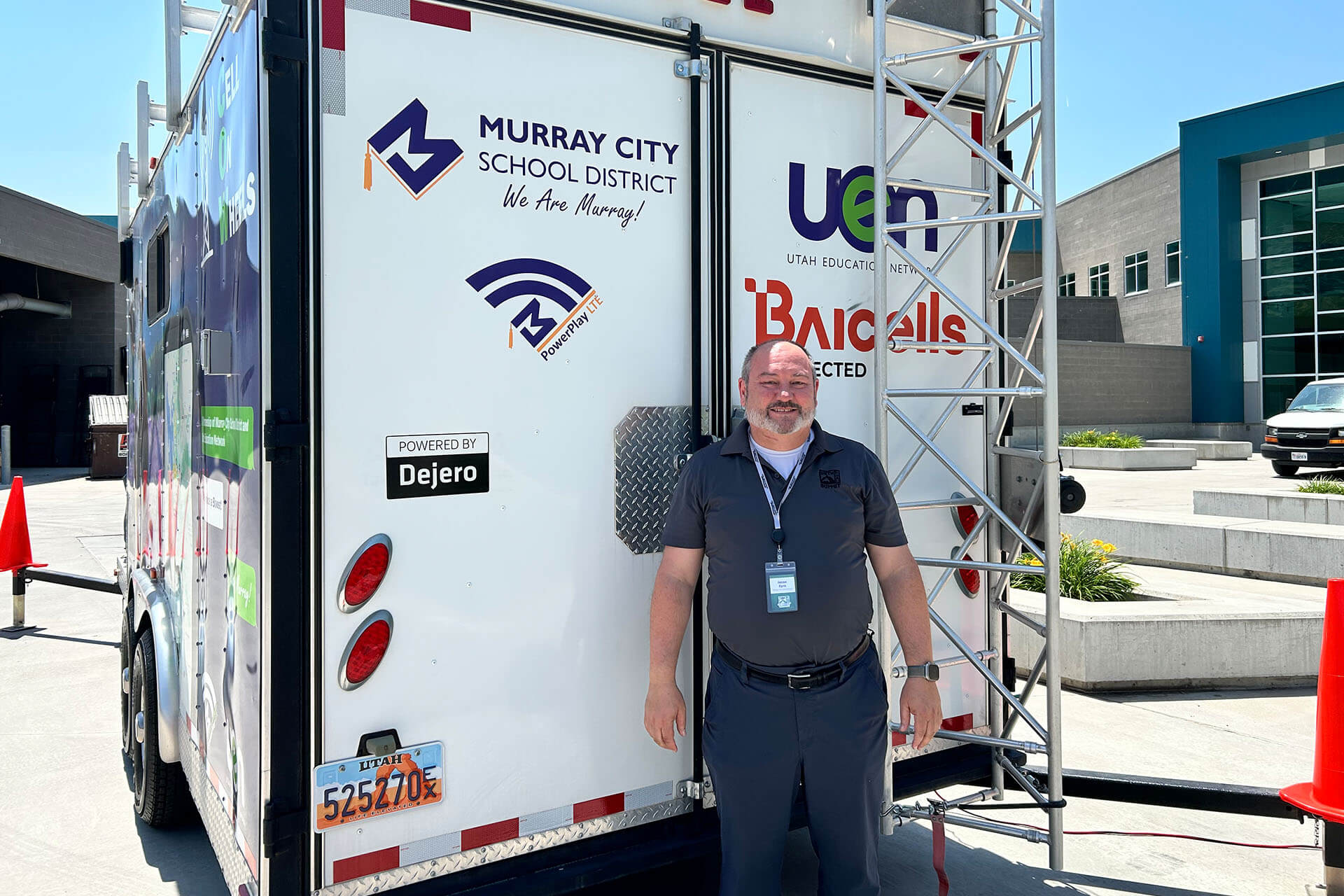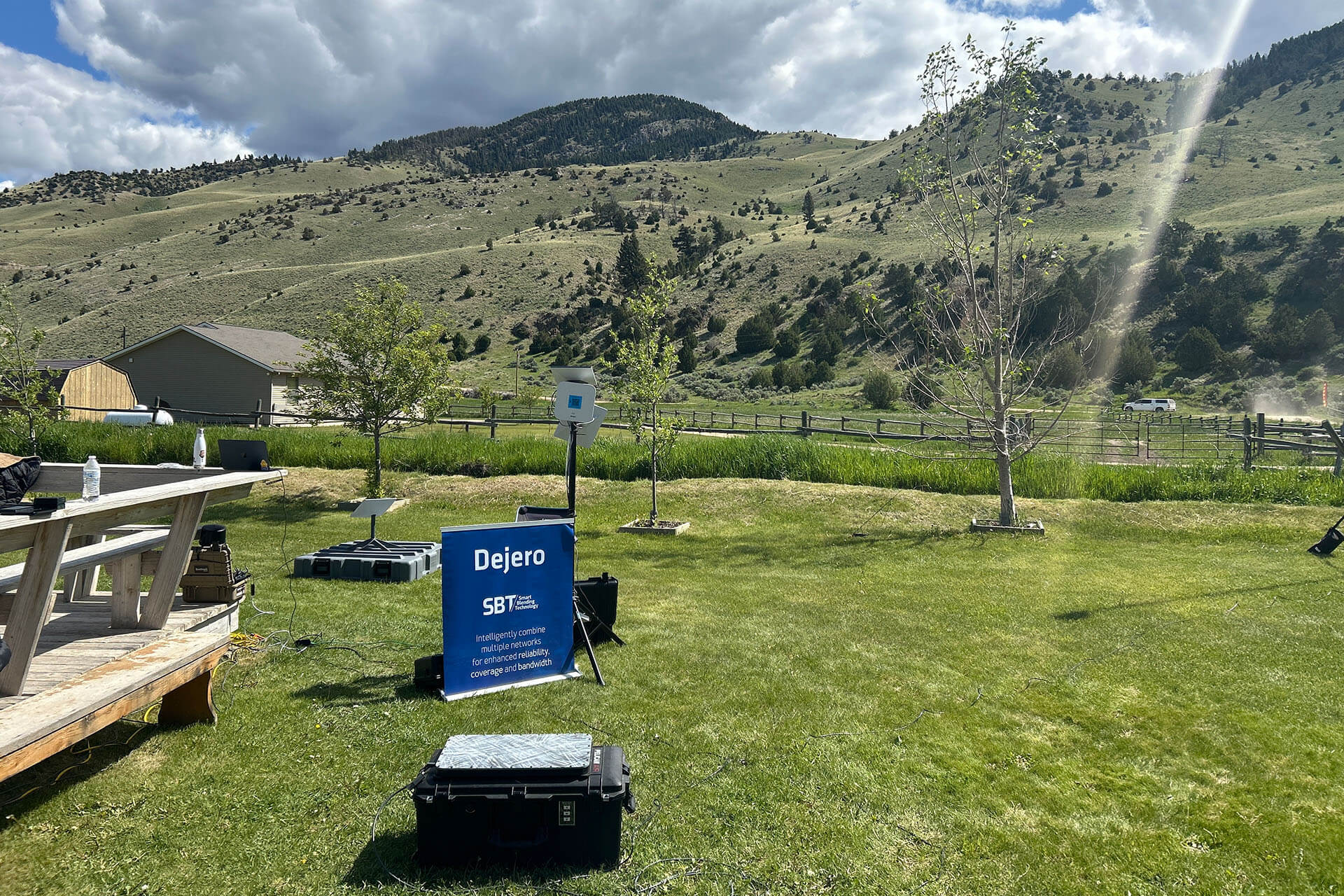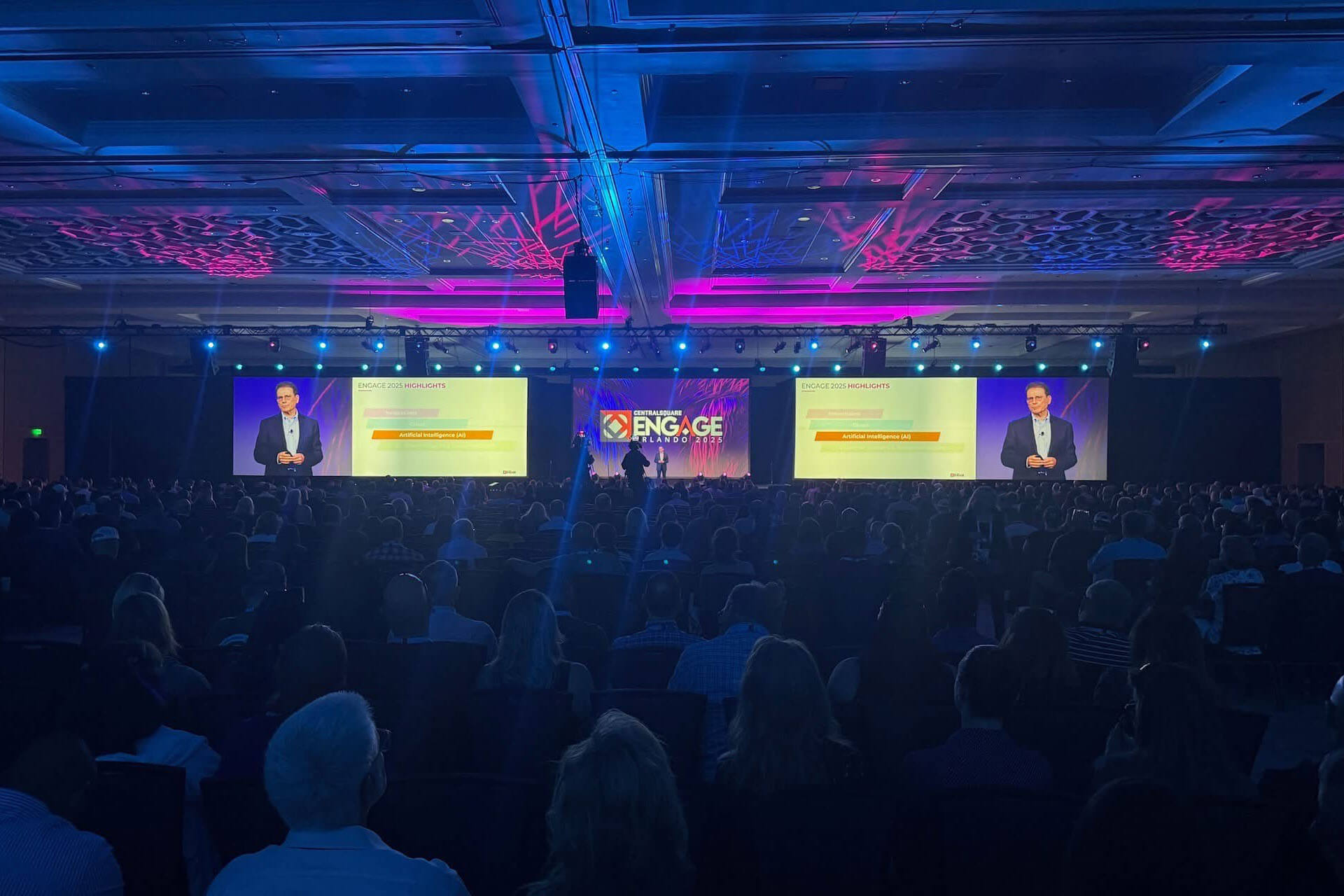We’ve all been in situations where our cellular connection was slow or even non-existent. We miss calls, messages don’t send, and we can’t connect to the online services or datacenters we depend on.
Many things can impact our connectivity. Where you are, how many people are using the network, what you’re trying to do, and even the weather can all make a difference in reception and the available bandwidth. We've outlined some in the graphic below.

1 - Obstructions (hilly terrain, dense foliage, large buildings)
2 - Weather conditions (humidity, heavy cloud cover, fog, precipitation, electromagnet interference, temp inversions)
3 - Number of users
4 - Location (city, urban, rural)
5 - Building materials (metal, concrete, tinted and low-e glass)
6 - Data-intensive applications
7 - Spectrum bands
8 - Stationary vs in motion
9 - Proximity to tower
While it can be inconvenient not to be able to get through on your cell phone, when we zoom out and think of other situations where this applies, the importance of having a robust and reliable connection becomes more impactful.
What if you were a reporter going live from the field? You have to send a high-quality video feed back to the newsroom for broadcast and need a reliable wireless connection no matter where you are. Or a media production company, shooting somewhere remote, like the Canadian Rockies. Collaborating and communicating in real-time helps avoid needing expensive reshoots and ensures you get the footage you need.
And what about emergencies? For first responders, every second counts. Not having the connectivity needed for critical communications can mean you can’t do your job or get the necessary information to make crucial decisions.
 We can even encounter situations where news media, production companies, and public safety agencies compete for the same bandwidth simultaneously, along with thousands of people, like at a large event or sports game.
We can even encounter situations where news media, production companies, and public safety agencies compete for the same bandwidth simultaneously, along with thousands of people, like at a large event or sports game.
The same holds true for organizations with branch offices or remote workers that depend on the internet for business-critical communications. Everyone needs a connection that will perform, no matter the connectivity obstacles.
When one connection isn’t enough
Sure, a single cellular connection from a single carrier can do the trick in a specific situation, but relying on just one can leave you vulnerable.
Networks can go down without warning, and upload and download speeds on mobile networks vary greatly by country, carrier, specific location, and the degree of congestion on the network. It’s not unusual to only have a 1 Mbps upload speed from a single connection, especially where crowds gather and cause network congestion or in fringe coverage areas, since no single carrier provides 100% coverage in every location. But many applications, like streaming video, require more. Approximately 5 Mbps upload bandwidth is needed to send high-definition, low-latency live video. For 4K UHD streams, you’d need around 25 Mbps upload bandwidth.
So how can you ensure you have the connectivity you need to get the job done? Enter cellular bonding.
Cellular bonding combines two or more cellular connections to provide more bandwidth for uploading and downloading and more resiliency when cellular network coverage is stretched, or signal strength is diminished. Connections from multiple carriers can be combined, so if a connection drops or packet loss occurs, packets are re-routed across the other connections in the bonded link.
More connectivity, less problems
While cellular bonding is a great option to get stronger, more reliable connections, you can also go further. Aggregating other connection types into the mix can offer even greater connection diversity, resiliency, and continuity.
Dejero Smart Blending Technology™ not only aggregates 3G/4G/5G cellular connections but also combines other wireless connections such as Wi-Fi and satellite and cable/DSL/fiber broadband connections in a fixed location. In fact, any Internet Protocol (IP) connection from multiple providers can be aggregated to form a virtual ‘network of networks’ with Dejero’s technology.
While each connection path has its own characteristics, Dejero dynamically and intelligently manages the fluctuating bandwidth, packet loss, and latency differences of individual connections in real-time, seamlessly redirecting packets and maintaining session persistence if connections degrade or are lost.
The result? Resilient, high-bandwidth internet connectivity when and where you need it. That means video, voice, and data can be sent and received uninterrupted.
Dejero keeps you connected
Many organizations depend on internet connectivity for critical communications, from broadcasters and production companies to public safety and government agencies. Whether it’s a remote or mobile workforce that needs resilient wireless connectivity, or 9-1-1 call centers and hospitals that need resilient backup connectivity, Dejero has you covered.
In today’s world, an unstable connection or a network outage isn’t simply an annoyance; it can have catastrophic implications. With Dejero, you can have the resilient internet connectivity you need, no matter where you are.
Learn more about Dejero internet access solutions.

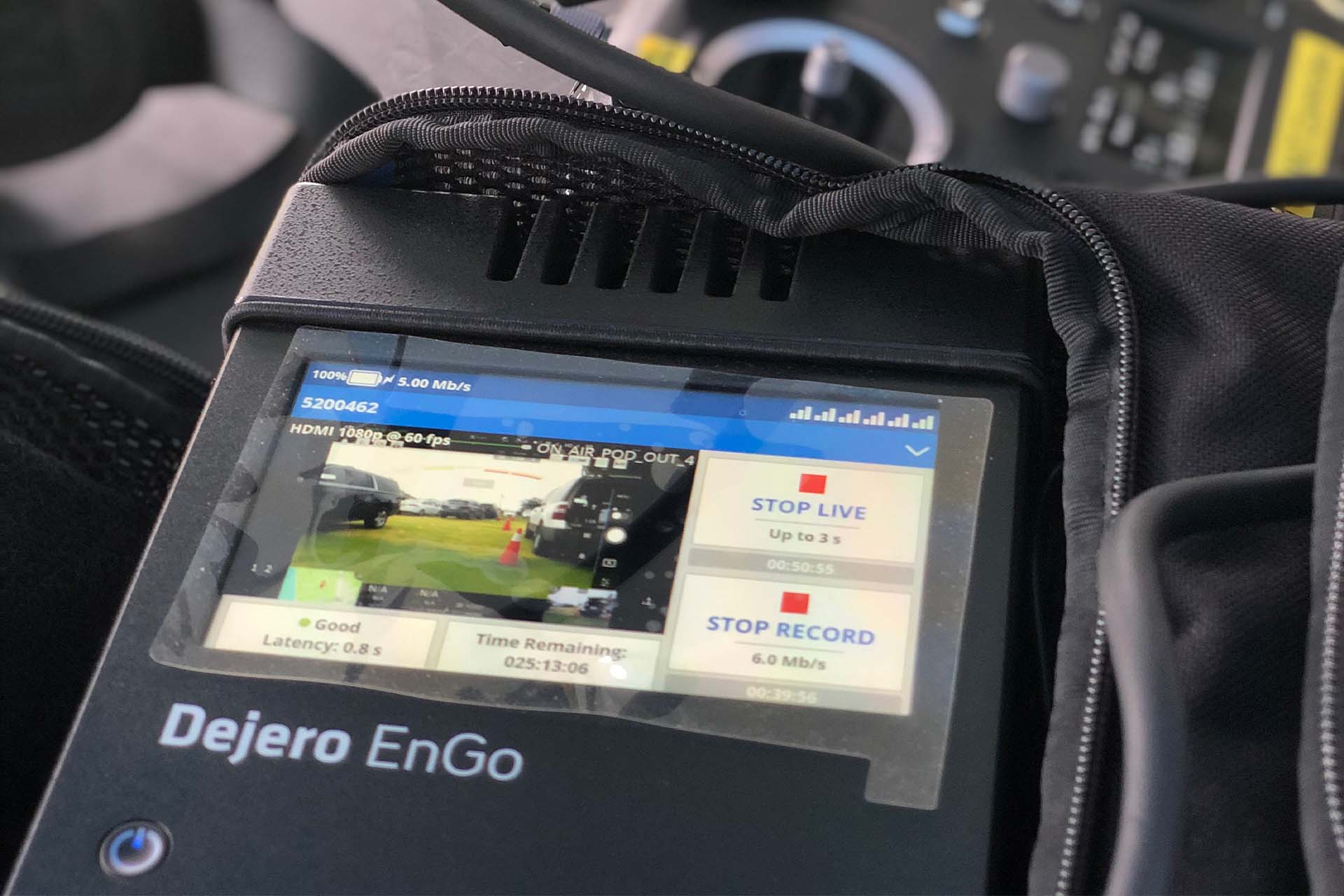



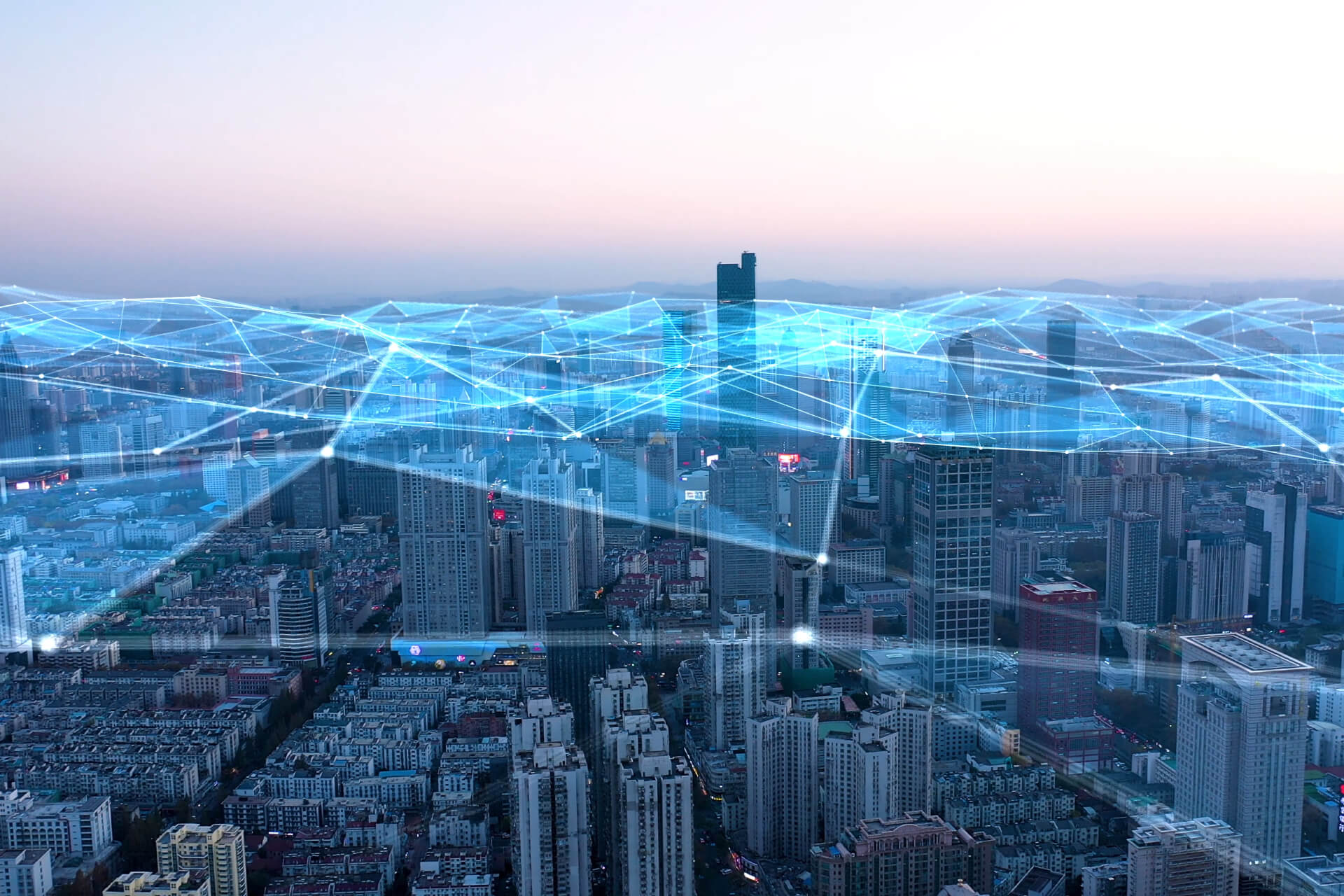
 We can even encounter situations where news media, production companies, and public safety agencies compete for the same bandwidth simultaneously, along with thousands of people, like at a large event or sports game.
We can even encounter situations where news media, production companies, and public safety agencies compete for the same bandwidth simultaneously, along with thousands of people, like at a large event or sports game.